The concept of feeding dogs a diet that closely resembles what their ancestors might have consumed in the wild holds immense appeal, promising numerous health benefits and a more natural approach to nutrition. However, delving into the realm of raw feeding requires careful consideration of various factors, including dietary requirements, potential risks and practical considerations.
In this blog, we will explore the intricacies of raw feeding for dogs, covering everything from the basics of a raw diet to the benefits, risks and practical tips for transitioning your furry friend’s diet along with alternatives to a raw diet.
Understanding a Raw Diet for Dogs
A raw diet for dogs involves feeding canines uncooked ingredients that closely mimic what their ancestors might have eaten in the wild. There are different models of raw diets, with the two most popular being BARF (Biologically Appropriate Raw Food) and the Prey Model Raw Diet. The BARF diet focuses on providing a balanced mix of raw meat, bones, fruits and vegetables, aiming to replicate the natural diet of a wild dog while ensuring nutritional completeness. In contrast, the Prey Model Raw Diet emphasizes whole prey items, such as raw meat, organs and bones, closely mimicking the eating habits of wild predators and excluding fruits and vegetables. Both approaches strive to offer a healthy, more natural alternative to commercial pet foods, though they differ in their specific components and feeding philosophies.
The Benefits of a Raw Diet
Nutritional Advantages
Feeding your dog a raw diet offers numerous nutritional benefits that significantly contribute to their overall health and well-being. One primary advantage is the higher protein content present in raw meat, essential for muscle development, energy levels and overall growth. Raw diets are abundant in natural enzymes that facilitate digestion and enhance nutrient absorption, promoting a healthy digestive system. These enzymes play a crucial role in bolstering metabolism efficiency, potentially resulting in improved coat condition, increased vitality and enhanced overall health.
Moreover, raw diets provide essential building blocks in their most natural and unprocessed form, ensuring that dogs receive optimal nutrition. Raw meat supplies vital protein, while bones deliver crucial calcium and phosphorus for strong teeth and bones. Fruits and vegetables add essential vitamins, minerals and fiber, further contributing to overall health and aiding in digestion.
Health Improvements
Switching to a raw diet can lead to noticeable health improvements in your dog. Many pet owners report a significant enhancement in their dog’s coat condition, with fur becoming shinier, softer and less prone to shedding. Dental health is another area where raw diets can make a difference; chewing raw bones can naturally clean teeth and reduce plaque buildup, leading to healthier gums and fresher breath. Dogs on raw diets often exhibit higher energy levels, reflecting better overall vitality and enthusiasm for physical activity. Also, the natural enzymes and unprocessed ingredients in a raw diet can promote better digestive health, resulting in firmer stools, reduced gas and a decrease in digestive upsets.
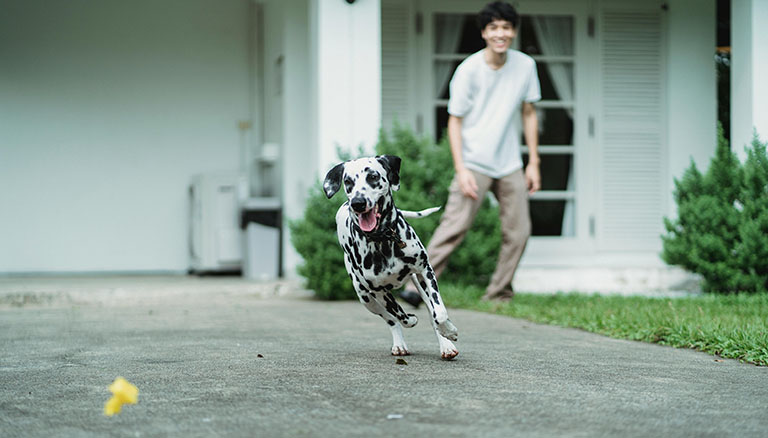
Weight Management
A raw diet can be an effective way to help your dog maintain a healthy weight. Raw diets typically consist of high-quality proteins and essential nutrients, without the fillers and additives often found in commercial pet foods. This means your dog gets more of what they need nutritionally, which can lead to better satiety and reduced overeating. The high protein content supports lean muscle mass while providing sustained energy, aiding in maintaining an optimal body condition. Additionally, the absence of processed carbohydrates and sugars helps prevent unwanted weight gain and promotes a balanced metabolism. By feeding a raw diet, you can help your dog stay fit and active, reducing the risk of obesity-related health issues.
Less Waste
Switching your dog to a raw diet can lead to another significant advantage: less waste. Dogs eating raw typically consume only what they need, resulting in smaller portions and consequently, less waste. Unlike kibble, which may contain fillers and additives, raw diets provide dogs with high-quality, nutrient-dense ingredients, ensuring they get the essential nutrients without unnecessary extras.
Lower Cost in Vet Bills and Longer Life
Switching your dog to a higher quality diet, whether it’s raw or premium commercial food, can significantly extend their lifespan and save you money on vet bills. A nutrient-rich diet helps boost their immune system and reduces the likelihood of health issues, leading to fewer vet visits and lower medical expenses. By investing in your dog’s diet now, you’re not only ensuring their immediate well-being but also setting the stage for a longer, healthier life together, with more money for shared adventures.
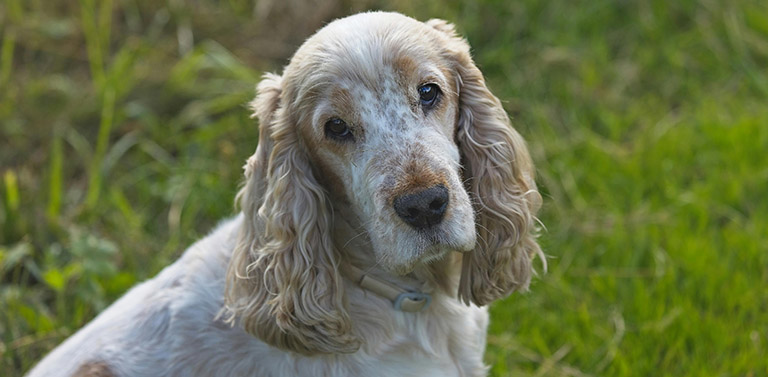
Risks and Concerns
Nutritional Imbalances
While a raw diet can offer many benefits, one significant risk is the potential for nutritional imbalances. Providing a diet that lacks essential nutrients can lead to serious health problems for your dog. Raw diets that are not carefully planned may miss key vitamins and minerals, such as calcium, phosphorus and certain essential fatty acids, leading to deficiencies that can affect bone health, organ function and overall vitality.
For example, an imbalance in calcium and phosphorus can cause skeletal issues, especially in growing puppies. Without proper supplementation, dogs may not get enough vitamins like A, D and E, which are crucial for immune function, skin health and vision.
Pathogens and Parasites
Feeding your dog a raw diet comes with the significant risk of exposure to pathogens and parasites commonly found in raw meat. Bacterial infections from Salmonella, E. coli and Listeria are a major concern, as these harmful microbes can not only affect your dog’s health but also pose a threat to humans through cross-contamination. Ingesting these bacteria can lead to severe gastrointestinal issues, leading to vomiting, diarrhea and even more serious conditions like sepsis.
Raw meat can also harbor parasites like Toxoplasma gondii and Trichinella spiralis, which can cause various illnesses in dogs. Proper handling, storage and sourcing of raw meat are crucial to minimize these risks, but even with stringent precautions, the potential for contamination remains a serious consideration for pet owners choosing a raw diet.
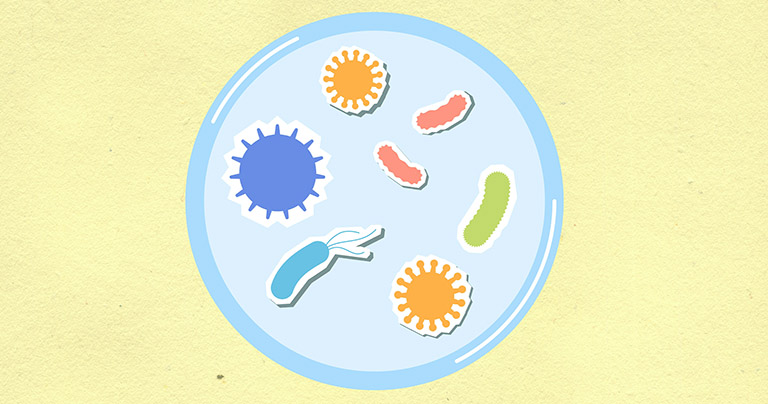
Bone Hazards
Types of Bones: Feeding your dog a raw diet presents several challenges, one of which is the risk posed by bones. Weight-bearing bones like knuckles, hock bones, kneecaps and necks from larger animals like cows, elk and bison are excellent for chewing, but they can become dangerous if your dog consumes them. Allow your dog to chew off the cartilage and tissue, but once the bone has been licked clean, dispose of it.
Veterinarians strongly advise against giving your dog chicken bones, as they are small, can break easily, and pose a choking hazard. Cooked bones are especially prone to splintering, creating sharp fragments that can harm your dog’s esophagus, stomach and intestines. Cooked bones are also hazardous; they become brittle and can damage your dog’s teeth.
Size of Bones: When selecting a raw bone for your dog, it’s crucial to consider the size of the bone relative to the size of your dog. A bone that is too small can be a choking hazard or can be swallowed whole, potentially causing an obstruction in the digestive tract. Conversely, a bone that is too large might be too difficult for your dog to handle and could lead to dental damage or frustration. Ideally, the bone should be large enough that your dog cannot fit the entire bone in their mouth, but still manageable for them to chew on comfortably.
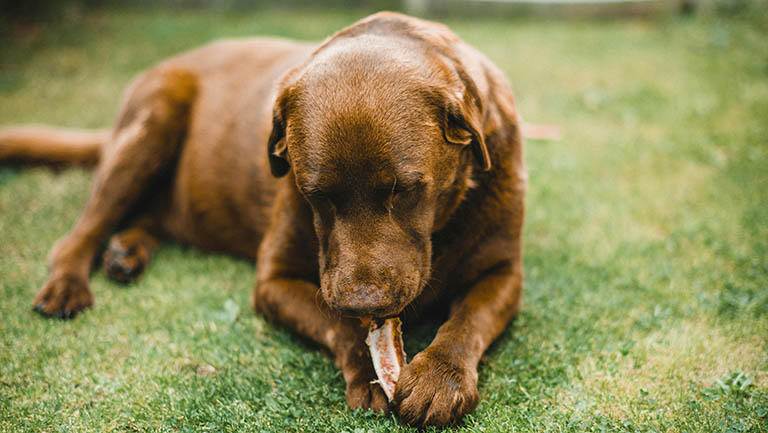
Money and Time
The commitment to a raw diet can be costly and time-consuming. High-quality raw ingredients are often more expensive than commercial pet food, and the preparation process requires careful attention to food safety to avoid contamination. This includes sourcing, handling and storing raw meat properly, which adds to the overall time investment.

Practical Considerations Before Switching
Consulting with Your Veterinarian
Before switching your dog to a raw diet, consulting with your veterinarian is crucial. A veterinarian can provide professional advice tailored to your dog’s specific health needs, ensuring that the diet meets all essential nutritional requirements. They can assess your dog’s current health status, recommend appropriate supplements if necessary and monitor for any adverse reactions. This professional guidance helps mitigate risks associated with nutritional imbalances, pathogens and other potential hazards, making sure the diet is safe and beneficial for your pet. Your vet’s expertise is invaluable in creating a balanced and healthful raw diet plan for your dog.
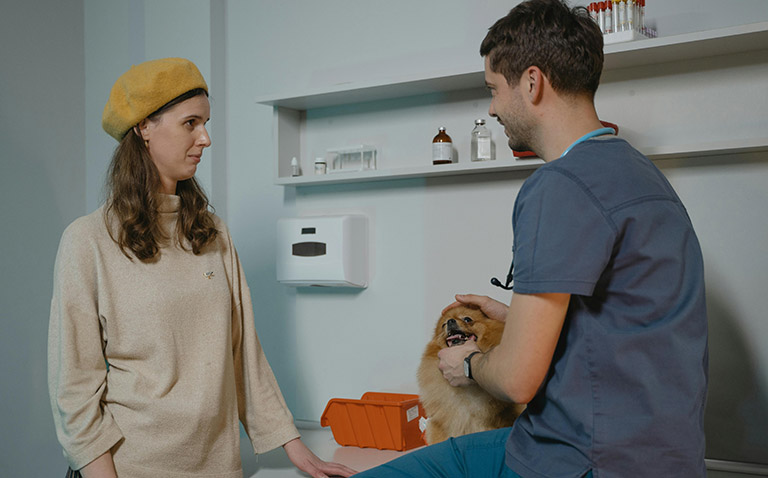
Transitioning Slowly
Transitioning your dog to a raw diet should be done gradually to avoid digestive upset and ensure a smooth adjustment. Abruptly switching from a commercial pet food to a raw diet can shock your dog’s system and lead to gastrointestinal issues since they will be transitioning from a low-quality diet to a high-quality diet.
Instead, start by switching out a portion of your dog’s meal with raw. It’s important to avoid mixing raw and kibble in the same bowl because they digest at different speeds. Over the course of several days or weeks, slowly increase the proportion of raw food until your dog is fully transitioned. Monitor your dog closely during this period for any signs of digestive discomfort, such as diarrhea or vomiting, and adjust the transition pace accordingly.
To aid in the transition, you can offer your dog sweet potato or pumpkin, which can help firm up their stools and support their digestive system.
Ensuring a Balanced Diet
Providing a nutritionally complete raw diet for your dog requires careful planning and attention to detail. To guarantee your dog receives all the essential nutrients they need, include a variety of protein sources such as beef, chicken and fish, as well as organs like liver and kidney. Incorporate raw meaty bones such as lamb, pork, venison and beef ribs, pork feet and ox and pork tails. These bones are softer, often hollow and covered in cartilage or other connective or meaty tissue, making them ideal for your dog.
Include a variety of fruits and vegetables to provide vitamins, minerals and fiber, but be cautious of foods that can be toxic to dogs. Depending on your dog’s individual needs and the specific ingredients in their diet, supplementation with essential fatty acids, vitamins and minerals may be necessary. Consulting with a veterinarian or pet nutritionist is recommended.
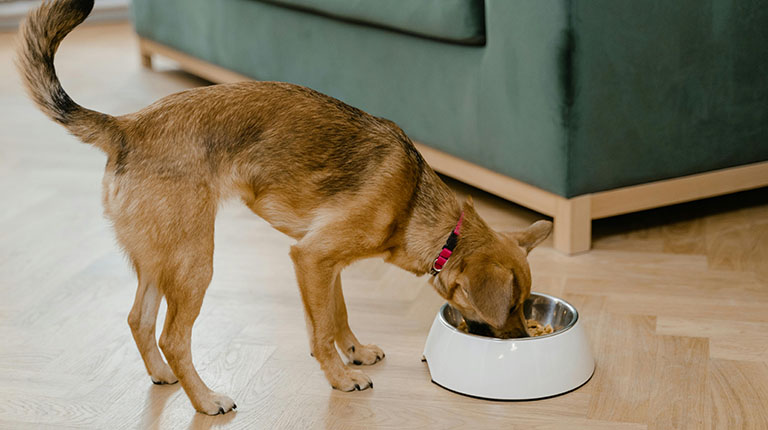
Food Safety Practices
Food safety is paramount when feeding your dog a raw diet to prevent contamination and safeguard their health. Start by selecting high-quality raw ingredients from reputable sources to minimize the risk of harmful bacteria and parasites. Practice proper hygiene when handling raw meat, including washing your hands, utensils and food preparation surfaces thoroughly before and after handling raw food.
Keep raw meat separate from other foods in the kitchen to prevent cross-contamination. When storing raw ingredients, use airtight containers and keep them refrigerated or frozen to maintain freshness and inhibit bacterial growth. Thaw frozen raw food in the refrigerator or use cold water to prevent the growth of harmful bacteria.
Avoid leaving raw food out at room temperature for extended periods and discard any uneaten portions promptly. By following these food safety guidelines, you can minimize the risk of foodborne illness and ensure that your dog’s raw diet remains safe and wholesome.
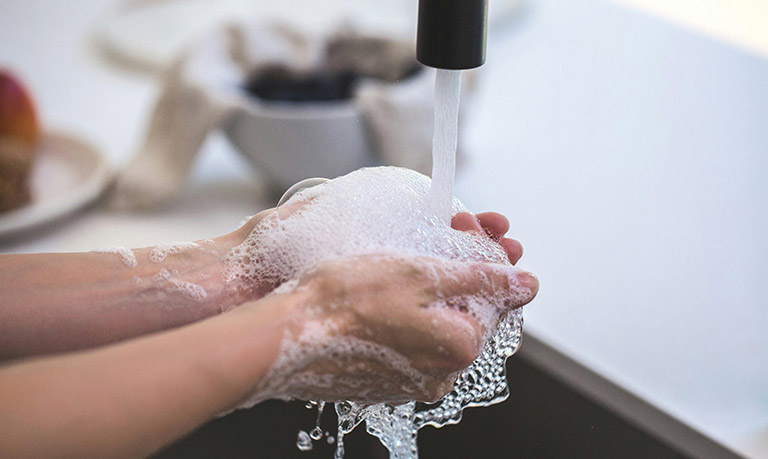
Alternatives to Raw Diets
Commercial Raw Diets
For pet owners seeking the benefits of a raw diet without the hassle of sourcing and preparing raw ingredients themselves, commercial raw diets offer a convenient solution. These pre-packaged raw diets are formulated to provide complete and balanced nutrition for dogs, ensuring they receive all the essential nutrients they need for optimal health. Available in various forms such as frozen patties, nuggets or dehydrated mixes, commercial raw diets often feature a diverse array of protein sources along with wholesome fruits and vegetables.
Many brands also offer specific formulations tailored to different life stages or dietary preferences, making it easier to find the right option for your dog. While commercial raw diets may be pricier than traditional pet foods, their convenience and nutritional balance make them a worthwhile investment for pet owners prioritizing their dog’s health.
Home-Cooked Meals
Preparing home-cooked meals for your dog can offer several benefits, including greater control over ingredients and the opportunity to tailor recipes to your dog’s specific dietary needs and preferences. By cooking for your dog at home, you can ensure they receive high-quality, fresh ingredients without additives or preservatives commonly found in commercial pet foods.
Home-cooked meals allow for customization based on factors such as age, weight and health conditions, making it easier to manage food sensitivities or allergies. However, there are also challenges associated with preparing home-cooked meals for your dog, including the time and effort required for meal planning, shopping and cooking. Ensuring a nutritional balance can be complex, as homemade diets may lack essential vitamins, minerals or amino acids if not carefully formulated.
Consult with a veterinarian or pet nutritionist to create well-balanced recipes and incorporate necessary supplements to meet your dog’s nutritional needs.
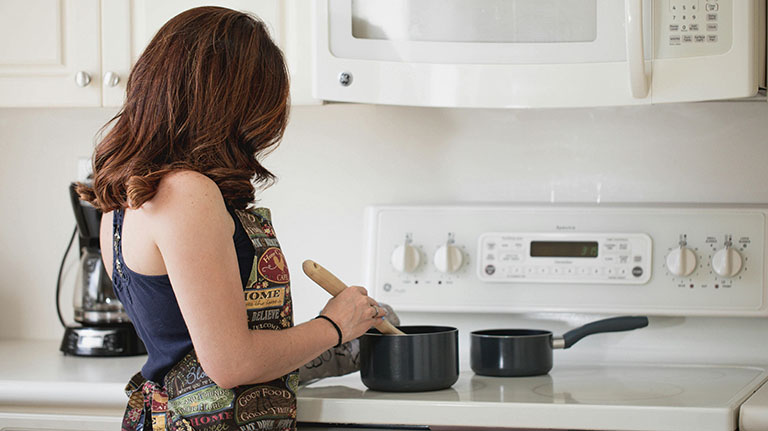
High-Quality Kibble and Wet Food
For pet owners seeking a convenient and nutritionally complete alternative to raw feeding, premium commercial kibble and wet food options offer a compelling solution. These high-quality pet foods are formulated by experts to provide balanced nutrition, incorporating essential vitamins, minerals and protein sources to support your dog’s overall health and well-being. With a wide range of options available, pet owners can choose from recipes tailored to specific dietary needs, life stages and breed sizes, ensuring their dog receives the appropriate nutrients for optimal health.
Unlike raw diets, commercial pet foods undergo rigorous quality control processes to minimize the risk of bacterial contamination and ensure product safety. While some pet owners may prefer the natural appeal of raw diets, premium kibble and wet food options provide a convenient and reliable alternative that meets the nutritional requirements of dogs without the associated risks.
Embracing a Raw Diet for Your Dog
Embracing a raw diet for your dog is a decision that warrants careful deliberation and informed consideration. While the allure of providing your canine companion with a diet rich in natural, unprocessed ingredients is undeniable, it’s important to weigh the potential benefits against the risks and challenges involved. From ensuring nutritional balance and practicing proper food safety to navigating the practicalities of cost and convenience, transitioning to a raw diet requires dedication, patience and commitment. By consulting with veterinarians, pet nutritionists and reputable resources, pet owners can make informed decisions and embark on a journey towards providing their furry friends with the nourishment and vitality they deserve.


